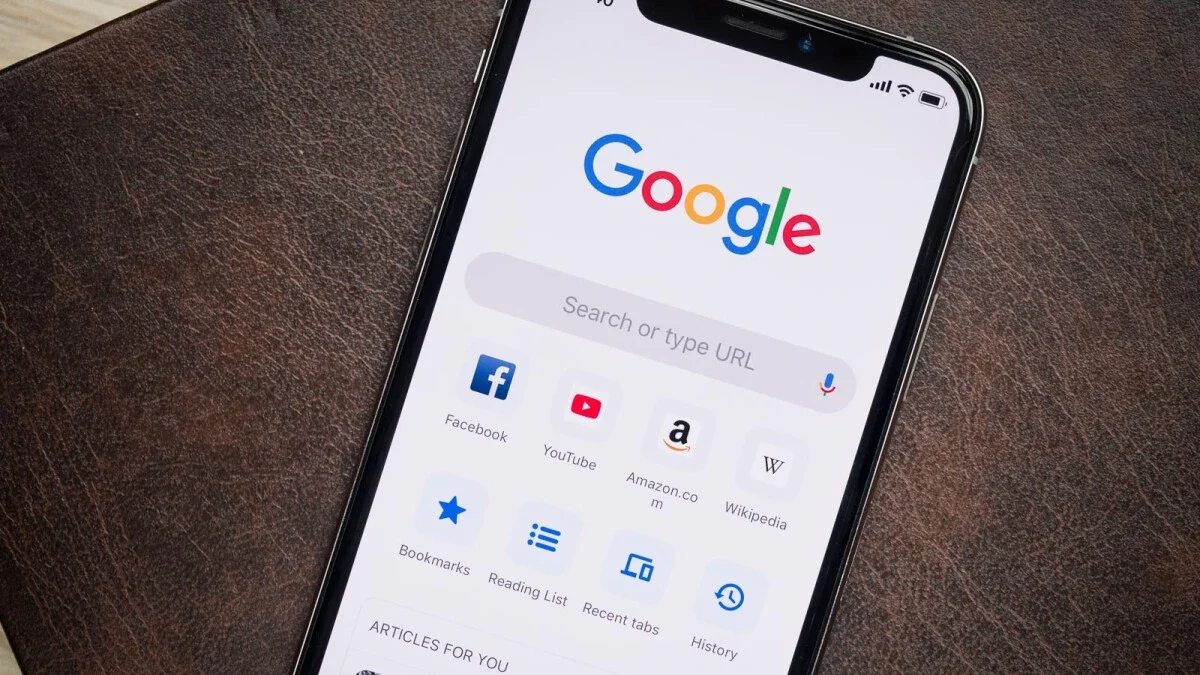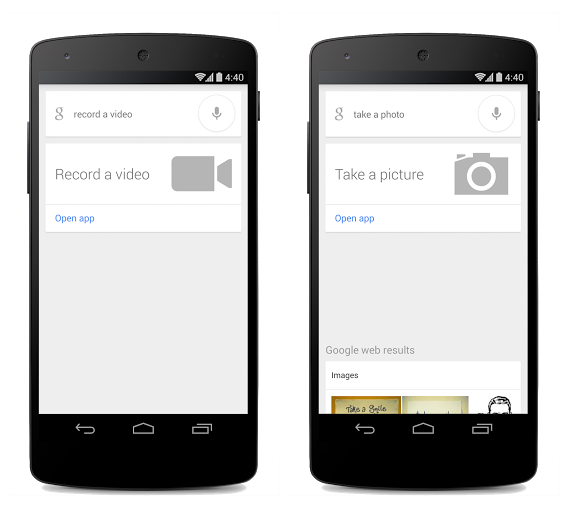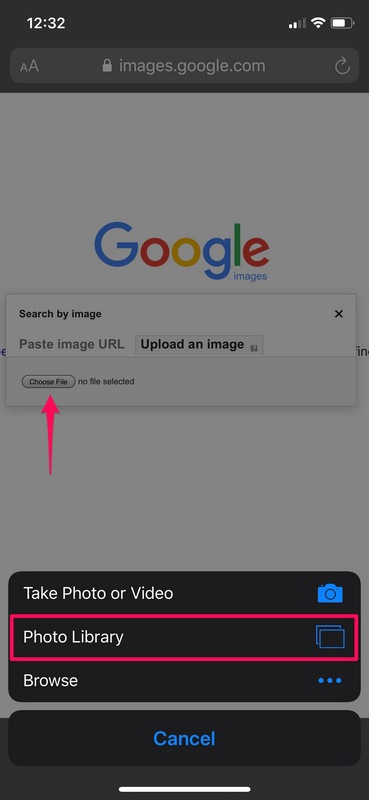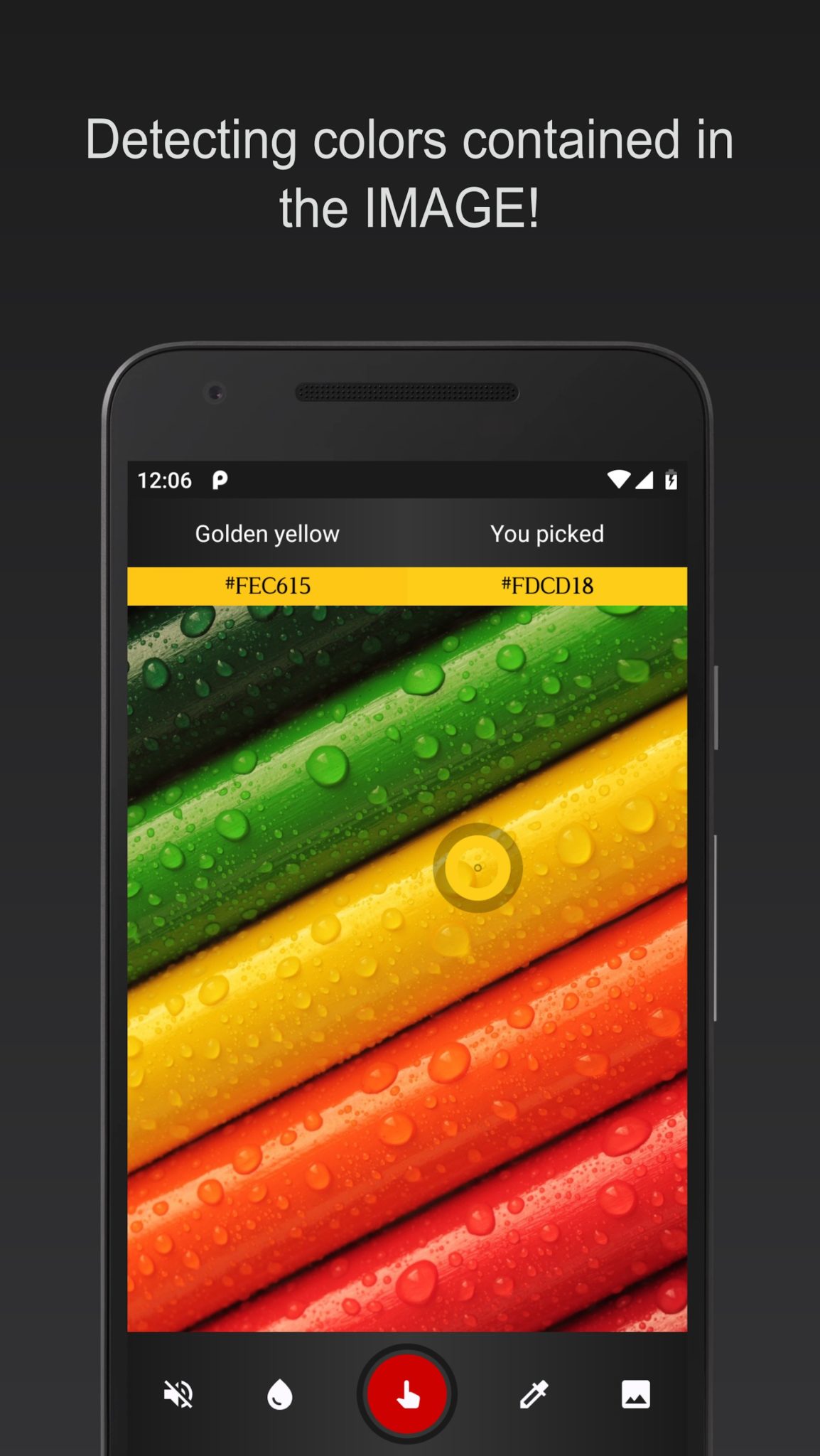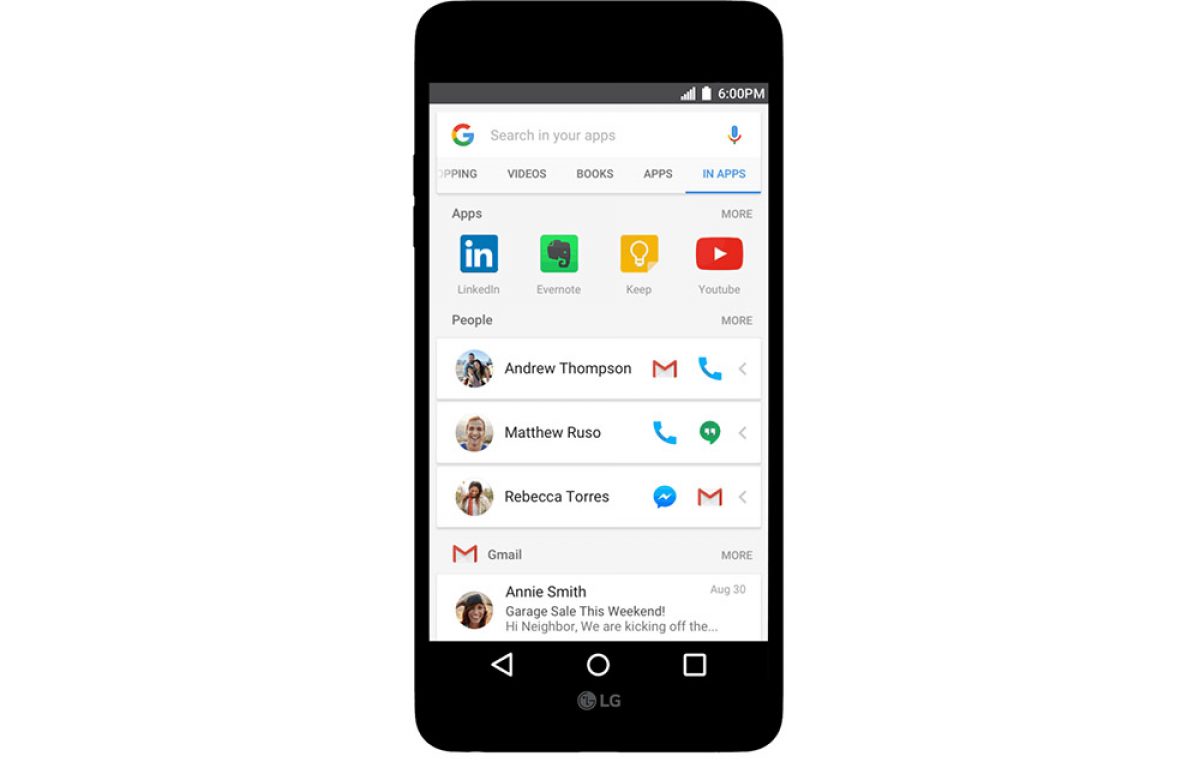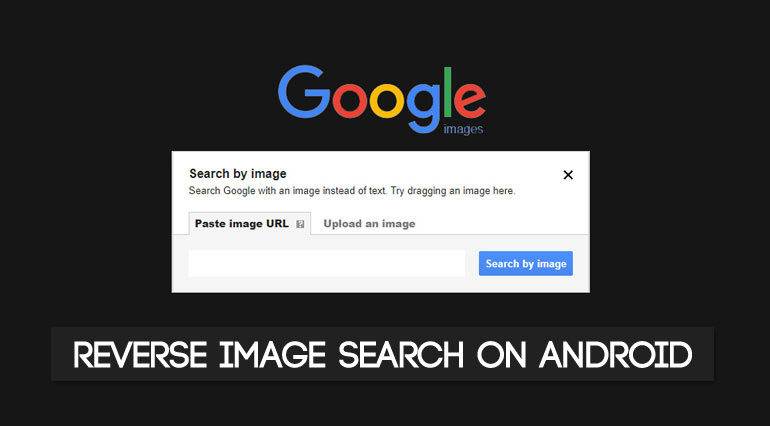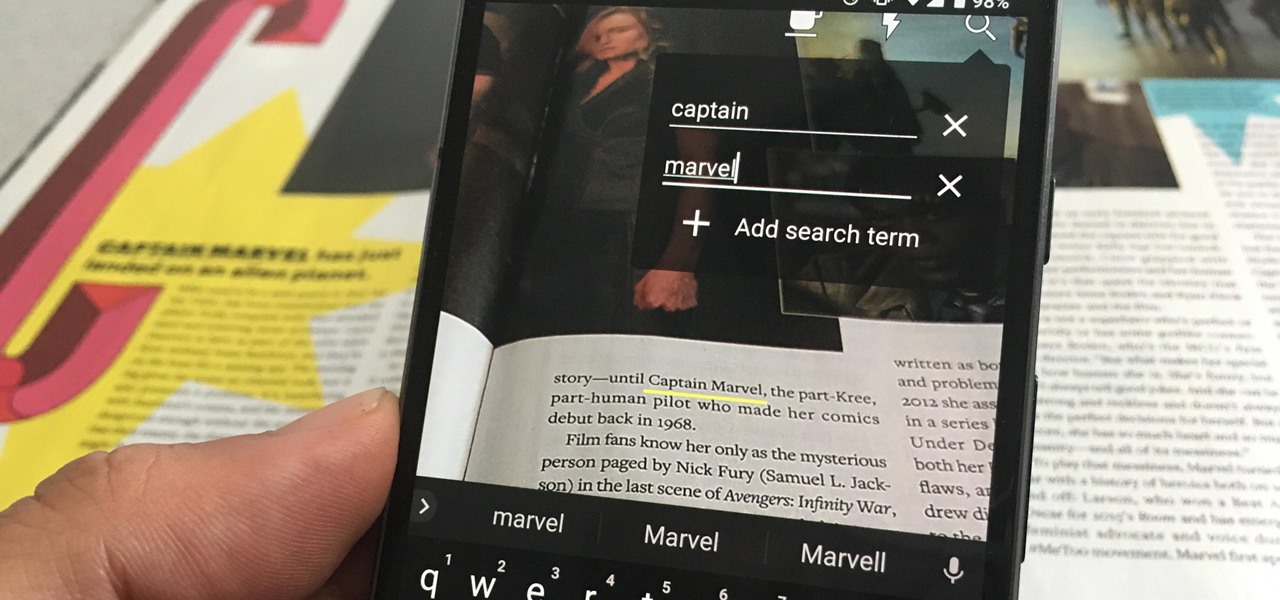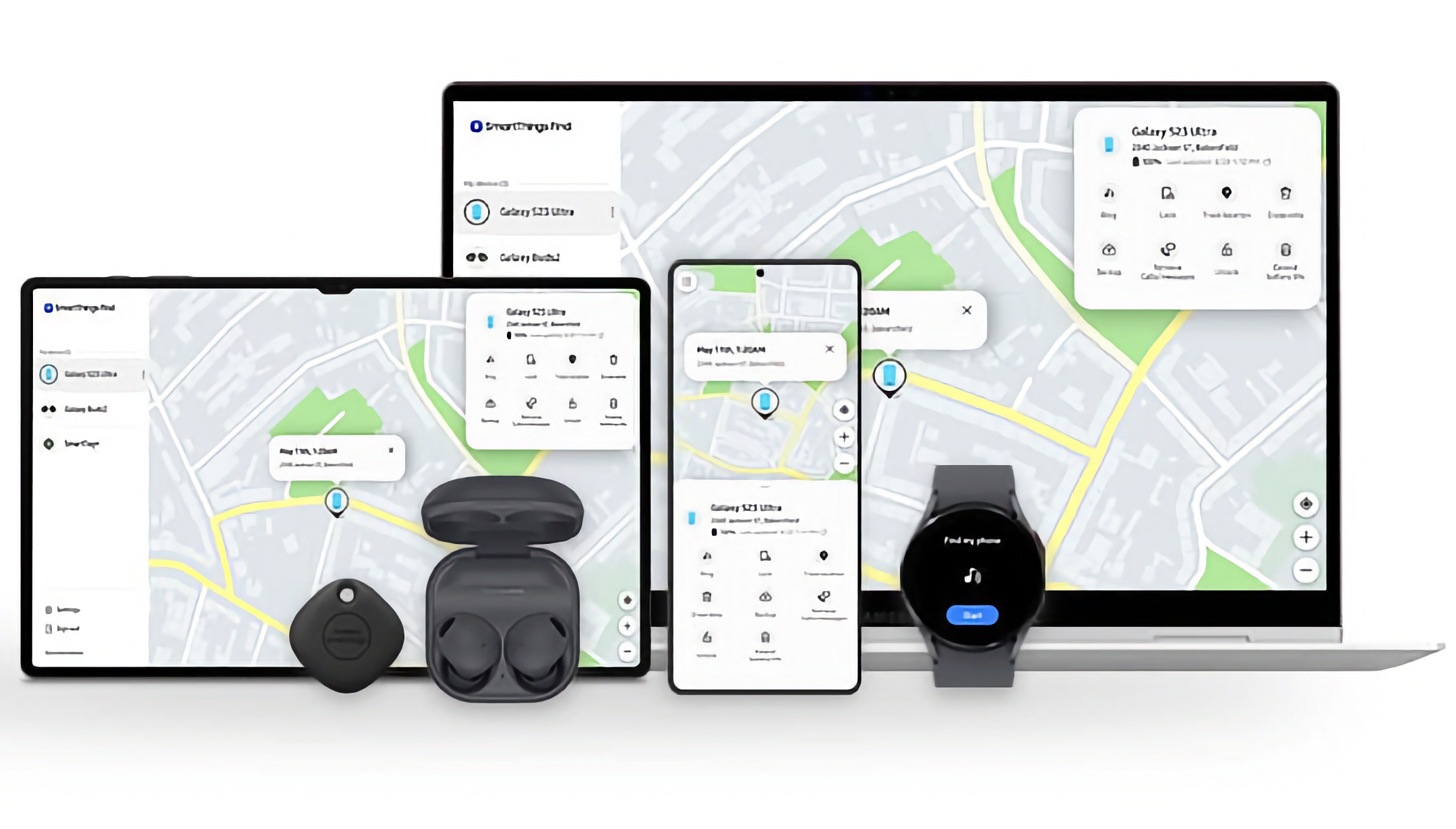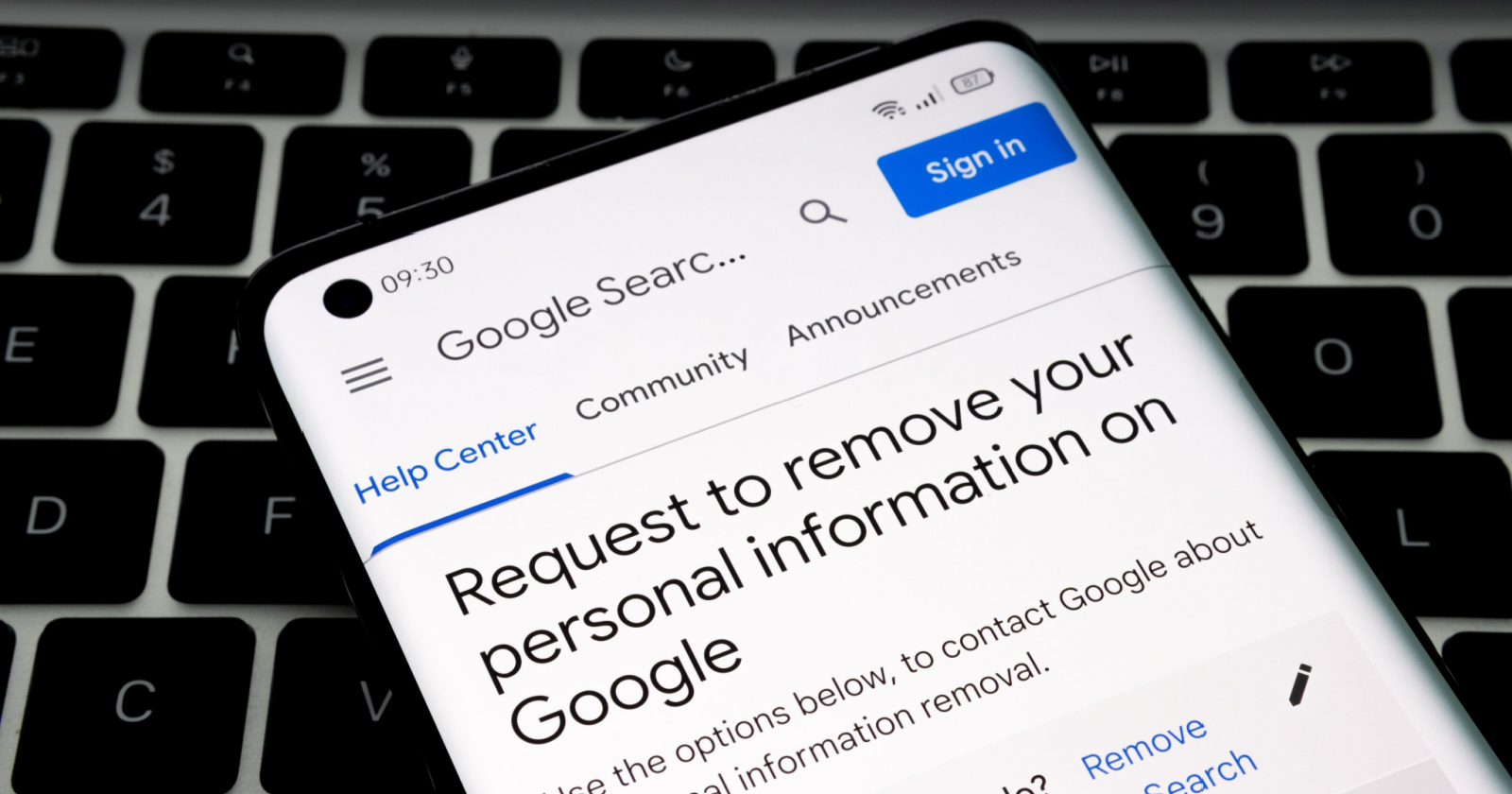App That Lets You Search By Picture

The proliferation of misinformation and the urgent need for reliable information verification have spurred the development of innovative technologies. A new application utilizing reverse image search promises to revolutionize how users verify online content, identify products, and trace the origin of images. This technology is poised to become a critical tool in combating the spread of fake news and protecting intellectual property rights.
This application, tentatively named "SightCheck," allows users to upload or directly input images from URLs, instantly initiating a comprehensive search across the internet. The core functionality lies in its sophisticated algorithms that analyze visual data, matching it against a vast database of indexed images. Unlike traditional text-based search engines, SightCheck leverages image recognition to surface visually similar content, identifying potential sources, alterations, and contextual information that would otherwise remain hidden.
How SightCheck Works
The technology behind SightCheck hinges on computer vision and machine learning. The application's algorithms dissect uploaded images, identifying key features such as colors, shapes, textures, and unique patterns.
These features are then converted into a digital fingerprint, which is used to query a massive index of images crawled from the internet. Advanced matching algorithms, refined through extensive training datasets, identify visually similar images, even if they have been resized, cropped, or slightly altered.
The application goes beyond simple image matching. It also incorporates object recognition to identify objects within an image, adding another layer of search capability. This allows users to search for images containing specific items or scenes.
Combating Misinformation
One of the most significant potential applications of SightCheck is its ability to combat the spread of misinformation and fake news. By allowing users to quickly trace the origin and context of an image, it can help debunk fabricated stories and expose manipulated content.
Imagine encountering a viral image purporting to depict a recent event. A quick search using SightCheck could reveal that the image is actually several years old or was taken in a completely different location.
Dr. Anya Sharma, a leading researcher in digital forensics at the University of California, Berkeley, emphasizes the importance of such tools. "In an era where images can be easily manipulated, reverse image search is becoming an indispensable weapon against the spread of falsehoods. Applications like SightCheck empower individuals to become more discerning consumers of information."
Protecting Intellectual Property
Beyond combating misinformation, SightCheck also offers significant benefits for protecting intellectual property. Artists, photographers, and other content creators can use the application to monitor the unauthorized use of their work online.
By regularly searching for their images, they can identify instances of copyright infringement and take appropriate action. This could involve contacting websites hosting the infringing material or pursuing legal remedies.
Mark Johnson, an intellectual property lawyer specializing in digital media, notes, "The ability to quickly and easily identify unauthorized uses of copyrighted material is a game-changer for creators. SightCheck provides a powerful tool for protecting their rights and enforcing their ownership."
Privacy Considerations
The development of SightCheck also raises important privacy considerations. Concerns exist about the potential for the application to be used for malicious purposes, such as tracking individuals or identifying sensitive information contained in images.
The developers of SightCheck acknowledge these concerns and have implemented several safeguards to protect user privacy. These include anonymizing search queries, limiting the storage of user data, and providing clear and transparent privacy policies.
Furthermore, the application only searches publicly available images, meaning it does not access private photos or data. However, users should always be mindful of the images they upload and the potential risks involved.
The Future of Image Search
SightCheck represents a significant step forward in the evolution of image search technology. As algorithms become more sophisticated and databases continue to grow, these applications will become even more powerful and versatile.
The future of image search may involve integrating augmented reality (AR) to allow users to identify objects and information in real-time simply by pointing their smartphone camera at them. This could revolutionize how we interact with the world around us.
While challenges remain in addressing privacy concerns and ensuring accuracy, the potential benefits of image-based search are undeniable. SightCheck and similar applications are poised to play an increasingly important role in shaping the future of information access and verification, helping to create a more informed and trustworthy online environment.
